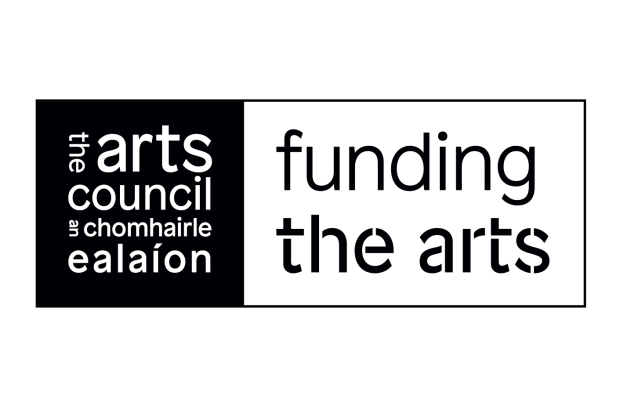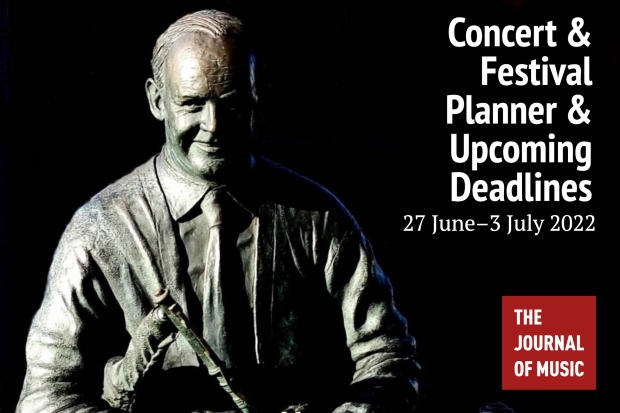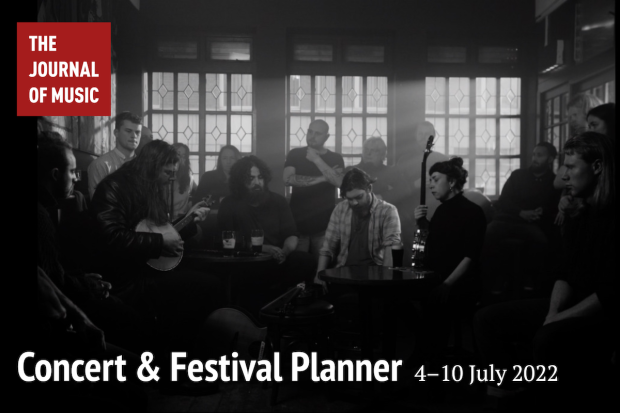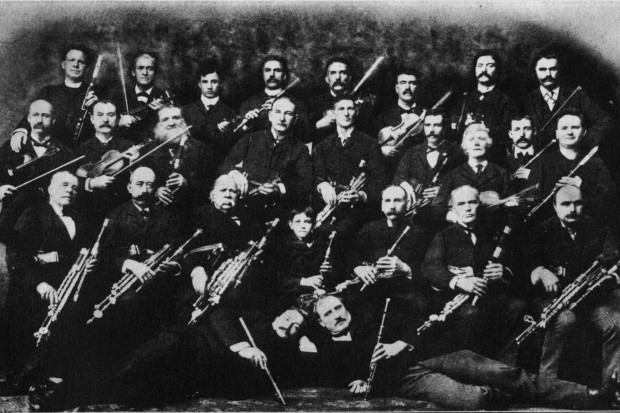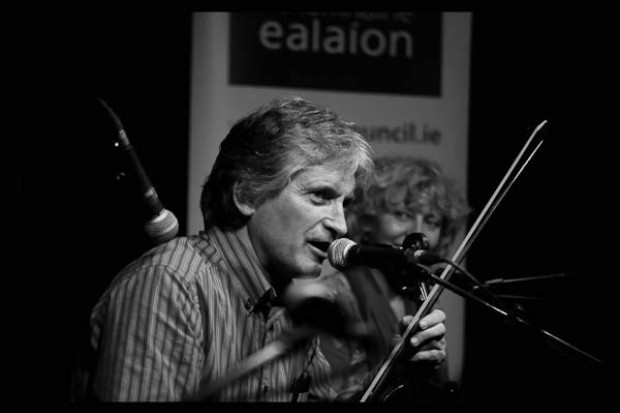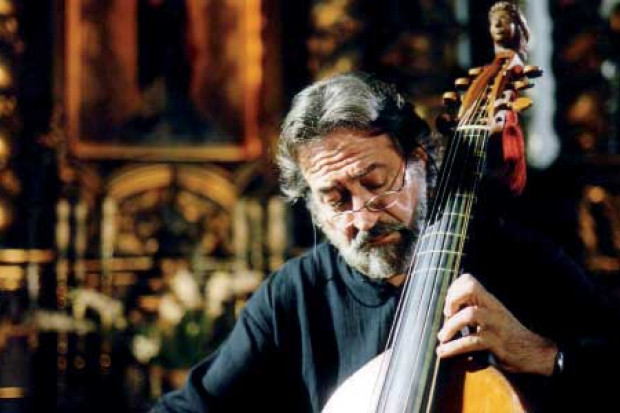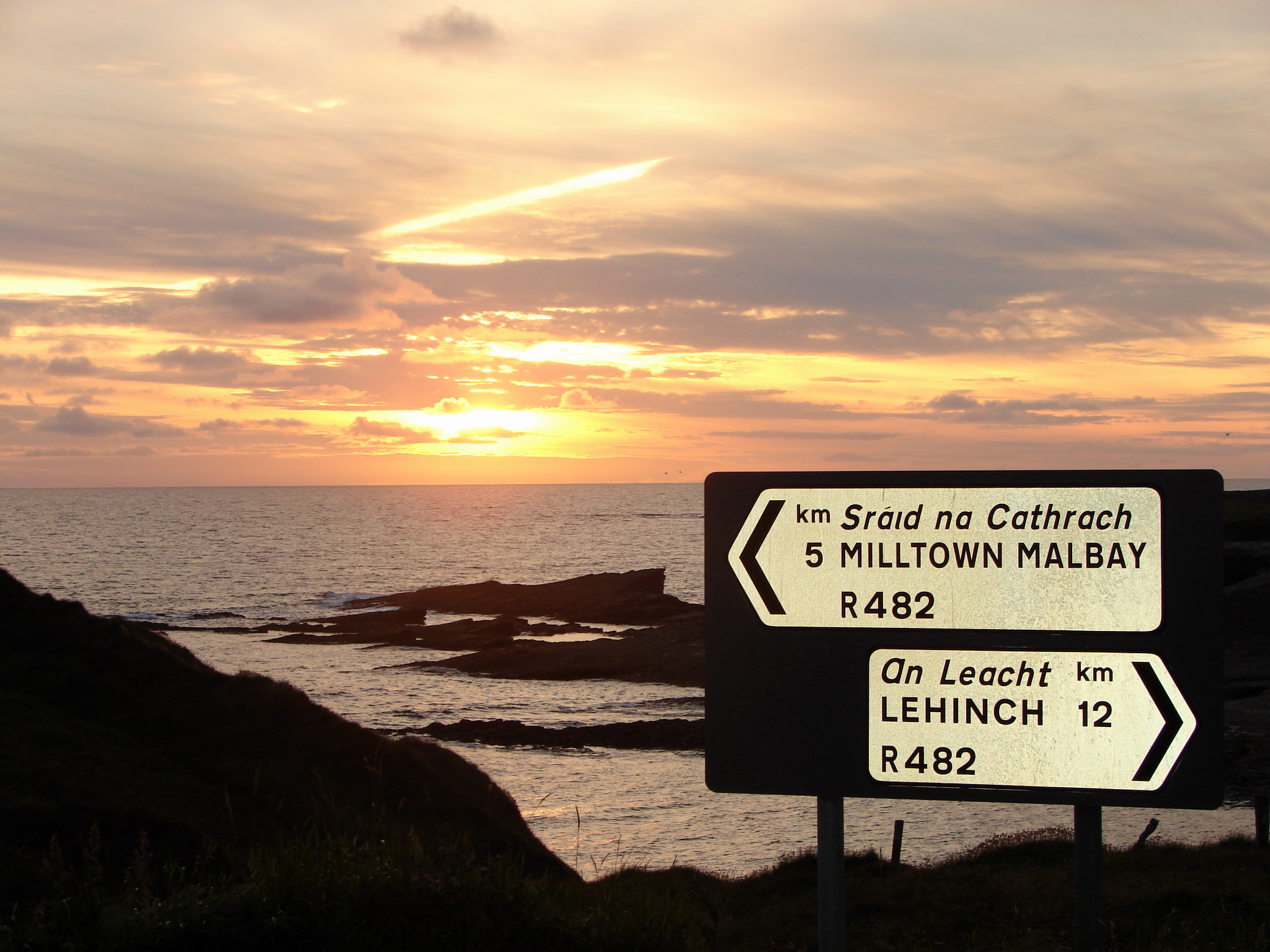
From the Ground Up
When the children leap into the car, I have to listen carefully, because that’s when the rush of information on the day’s events will come. In a few minutes, their enthusiasm will settle down and their minds will turn to thoughts of a swim at Spanish Point.
My daughter and son have just completed their third year attending the lessons at Scoil Samhraidh Willie Clancy, the annual traditional music summer school in Miltown Malbay, County Clare. Listening to a fourteen-year-old boy tell you about what his fiddle teacher James Kelly said that day about rhythm and bowing, how Seán Keane from The Chieftains came into their class to play a few tunes, and how ‘old boys’ came in and played for them too, is a cherished, fleeting moment.
It is not simply the value of the knowledge and music per se, but how a fourteen-year-old has been engaged, how the immersive experience of a week of music has temporarily captured his mind, amidst so many other things vying for his attention, and connected him to something that he recognises as having value – something that even experienced musicians have to constantly work at to re-find. It is an historic line of artistry, an aesthetic, an understanding about music that hangs by a thin thread in Irish culture, but which every July in Miltown Malbay comes up from the ground with force. For that week it is robust, tangible, available to you, a wave of musical clarity reminding you why you started playing in the first place.
The fiddle classes of the summer school take place over six mornings at St Joseph’s Secondary School, a large premises near Spanish Point beach. As you drive up just before 10am, traffic is busy. Scores of children and teenagers with sleepy faces appear on the roads, fiddles on their backs, euros in their pocket for the shop at break-time. They enter the gates and walk up the curved road to the classes. Over thirty teachers park and go to their car boots to take out their fiddles. All momentum is directed towards the school. Students settle into their classes and start practising the tunes they learned the day before. I walk around outside. The different levels, tunes and speeds create a circular, ever-changing pattern of string sound that combines with the sea breeze. The ache to learn and absorb is everywhere and palpable.
Back at the campsite
My eleven-year-old daughter had been planning the tune she would play for the ‘grading’ for months. The grading takes place on the first morning, when a teacher listens to a pupil play a tune and knows immediately which class is appropriate to her level. The system works in a mysterious way; the children have somehow had a different teacher each year. Back at the campsite, while I burn burgers and pans, she sits in the tent and practises her new tune, ‘Sweet Marie’.
I never intended Scoil Samhraidh Willie Clancy to become an annual trip for our family, but somehow it has happened. The children are always keen to go back, though they rarely take out their instruments for the rest of the summer once it is over. My participation in the week has changed over the years. I was a student as a child, in my late teens and early twenties a late-night reveller, now as a parent I escort my kids to lessons and then convince them to come to one or two recitals, then quiet evenings at the campsite. The return to revelling must be close again now.
A cultural space you return to
One practical result of the 42 years of the School is that the generations who have attended have gone on on to try and recreate something similar in their own locality. We now have traditional music festivals throughout Ireland, one for almost every weekend of the year – from Traidphicnic in An Spidéal to the Baltimore Fiddle Fair in Cork – and the phenomenon has spilt abroad too, from Germany to the United States.
Having a cultural space that you return to in your life acts like an anchor. Most of the formative cultural spaces and experiences in our lives we are compelled to leave behind as we get older – we become removed, shy, seated spectators. What is unique about Scoil Samhraidh Willie Clancy is that you need never grow out of it.
When I was 13, my cousin, my two sisters and I were landed in a B&B in Spanish Point in order to attend the fiddle lessons. It was our first ever time in Miltown Malbay. My sister – who was 14 – was looking after us. (I am impressed and shocked by my mother’s musical ambition!) When I began my returns to Miltown over the years, it never occurred to me that the other survivors of that wild trip would be interested in going too, mainly because they didn’t play anymore. And yet my cousin has returned, and one of my sisters has returned twice with her own sons, and then one day I heard the one-time teenage minder-of-three say that she would love to go back with her own sons. The Miltown magic never appears to fade.
Published on 25 July 2014
Toner Quinn is Editor of the Journal of Music. His new book, What Ireland Can Teach the World About Music, is available here. Toner will be giving a lecture exploring some of the ideas in the book on Saturday 11 May 2024 at 3pm at Farmleigh House in Dublin. For booking, visit https://bit.ly/3x2yCL8.












